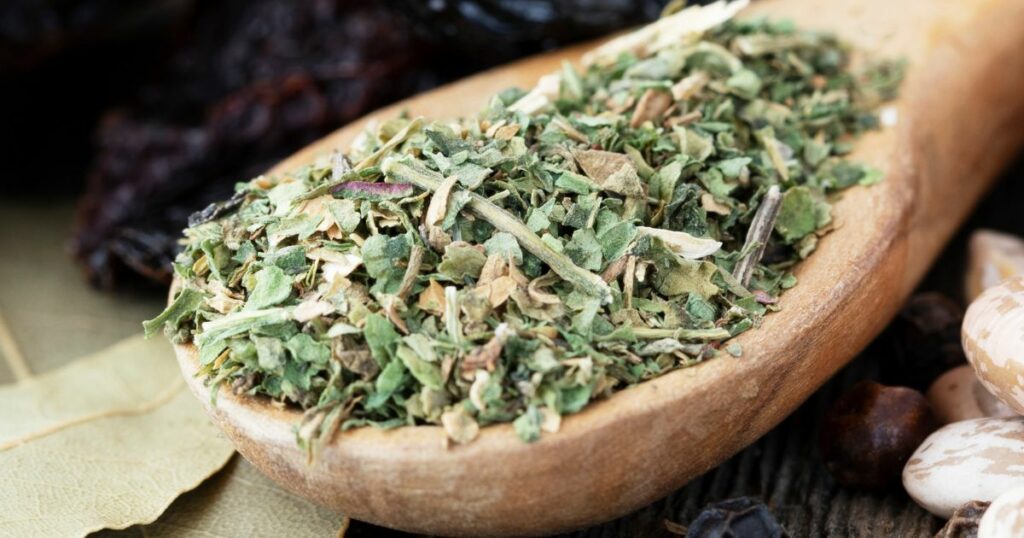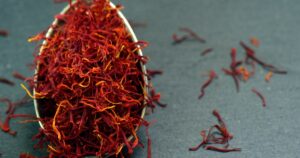Historical Insights into Epazote
The story of epazote is deeply embedded in the annals of Mesoamerican civilisation. Known scientifically as Dysphania ambrosioides, epazote’s journey began in the wild landscapes of Central America and Mexico, where it was first discovered by the indigenous populations long before the Spanish conquest. Historical records from the Aztec era document its use not only as a culinary herb but also for its medicinal properties, particularly for expelling intestinal parasites—a testament to its name, which derives from the Nahuatl word epazotl.
The arrival of Spanish conquistadors in the 16th century marked a pivotal moment for epazote, as it was then introduced to the European continent. However, it retained its prominence primarily within the Latin American culinary realm, where its pungent, somewhat bitter flavour continued to captivate palates.
Epazote and Its Cultural Significance
The cultural significance of epazote cannot be overstated, as it encapsulates centuries of history, tradition, and culinary evolution. In Mexico, the use of epazote is not just about adding flavour to a dish; it’s about preserving a lineage of indigenous knowledge and practices that have been passed down through generations. The herb’s presence in modern Mexican cuisine serves as a living tribute to the country’s rich biodiversity and the deep connection between its people and the natural world. Celebrations and festivals in Mexico often feature dishes seasoned with epazote, highlighting its role in the communal and celebratory aspects of Mexican culture.
Epazote in Cuisine: A Versatile Herb
Epazote’s culinary applications are as diverse as they are flavourful. Traditionally used in Mexican and Central American dishes, its leaves impart a characteristic flavour that is irreplaceable in recipes such as beans, soups, and moles. The herb is known for its ability to reduce flatulence associated with bean dishes, making it a staple in the preparation of frijoles de la olla (pot beans). Additionally, its presence in quesadillas, tamales, and enchiladas underscores its versatility and importance in creating authentic flavours.
Beyond its use in traditional dishes, contemporary chefs and culinary enthusiasts have embraced epazote, experimenting with its application in modern cuisine. Its unique taste complements a wide range of ingredients, inspiring innovative recipes that pay homage to its cultural roots while appealing to contemporary palates.
The Medicinal Value of Epazote
Beyond its culinary prowess, epazote has been revered for its medicinal qualities, a knowledge that harks back to the ancient civilizations of Mesoamerica. Indigenous peoples were adept at utilizing epazote for its anthelmintic properties, effectively using it to treat intestinal worms, a common ailment in pre-Columbian times. This traditional use has persisted into the present, with epazote still being used in folk medicine across Mexico and beyond. Additionally, its application has extended to treating other ailments, such as asthma, high blood pressure, and even as an insecticide, showcasing the herb’s versatility beyond the kitchen.
Sustainability and Cultivation of Epazote
In recent years, the cultivation and sustainable harvesting of epazote have garnered attention, reflecting a growing awareness of the importance of preserving indigenous plants and their habitats. As the popularity of epazote spreads globally, efforts are being made to ensure that its cultivation does not lead to environmental degradation or loss of genetic diversity. In Mexico, small-scale farmers and gardeners cultivate epazote using traditional methods that respect the ecosystem, ensuring that this ancient herb can continue to be enjoyed by future generations. The global culinary community’s interest in epazote has also led to its cultivation in home gardens around the world, allowing diverse cultures to experience its unique flavour while fostering a connection to Mexican culinary heritage.
The Enduring Legacy of Epazote
Epazote’s influence extends beyond the kitchen; it is a living remnant of ancient practices, embodying the connection between food, culture, and history. Its continued use in modern times serves as a testament to the resilience of indigenous knowledge and the enduring appeal of traditional flavours. As culinary trends evolve, epazote remains a symbol of cultural identity and heritage, bridging the past with the present through the universal language of food.
Conclusion
Epazote is more than just a herb; it is a cultural icon that encapsulates the richness of Mexican cuisine and history. Its journey from the wild terrains of Mesoamerica to kitchens around the world is a testament to its unparalleled flavour and versatility. As we explore the culinary landscapes shaped by epazote, we not only indulge in its distinctive taste but also honour the traditions that have kept its legacy alive. Whether through a simple pot of beans or a complex mole, epazote invites us to experience the depth and diversity of Mexican culinary artistry.
Exploring the world of epazote opens up a realm of culinary possibilities and historical intrigue. Its role in traditional and contemporary cuisine highlights the dynamic interplay between flavour, culture, and heritage, inviting us to delve deeper into the rich tapestry of Mexican gastronomy.
𐡸 𐡸 𐡸 𐡸 𐫱 𐡷 𐡷 𐡷 𐡷
Frequently asked questions
While epazote is versatile, its strong flavour makes it best suited for dishes where it can complement other robust ingredients. It is traditionally used in Mexican and Central American cuisines, particularly with beans, soups, and moles.
While epazote’s unique flavour is difficult to replicate, cilantro or a mix of oregano and fennel might provide a substitute in recipes where its presence is not central but still desired for an authentic touch.
Yes, epazote can be grown in various climates, provided it has enough sunlight and well-drained soil. It is relatively easy to cultivate in herb gardens or pots.
Historically, epazote has been used for its medicinal properties, especially for its vermifuge action to expel intestinal parasites. However, it should be used with caution, as large quantities can be toxic.
Epazote is often added towards the end of the cooking process to preserve its flavour and aroma. Fresh leaves are typically used, though dried epazote can also be found in some recipes.



